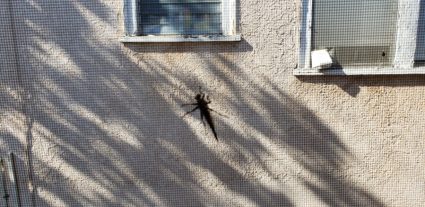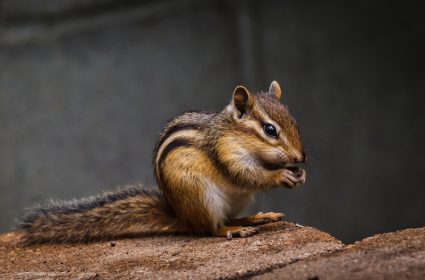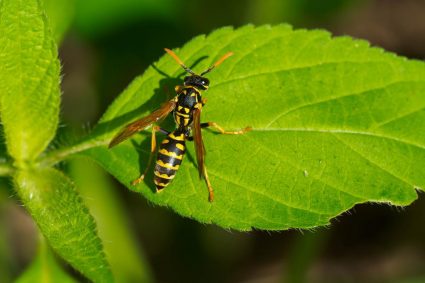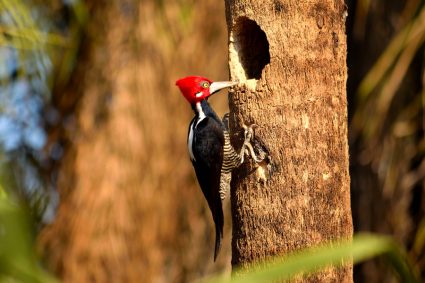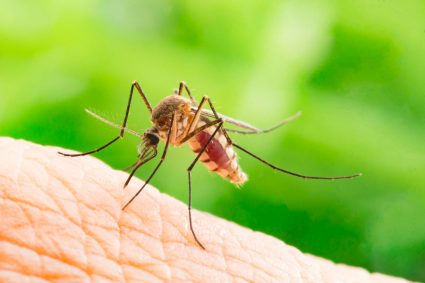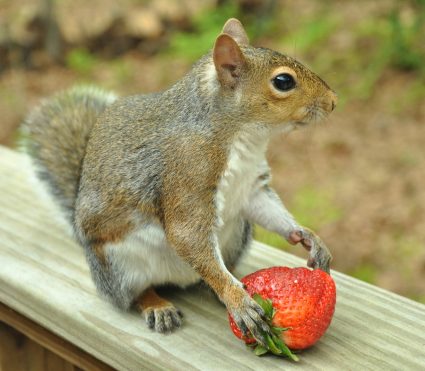
As a dog owner, you might be familiar with the habit of dogs being curious about plants, sniffing around, and even chewing them. But did you know that there are specific plants that dogs generally dislike and even hate? Moreover, certain plants can be toxic to dogs, causing a range of health issues. This comprehensive guide will help you understand what plants dogs hate, why they dislike them, and how to deter your dog from harmful plants.
Dogs generally dislike plants with strong and overpowering smells such as Marigolds, Lavender, Rosemary, Rue, Curry Plant, Lemongrass, Pepper Plants, Citronella Grass, Citrus Trees, and Plectranthus Canina. These plants produce strong odors or have a bitter taste or an unappealing texture that dogs find unpleasant. However, individual preferences can vary, and what one dog dislikes, another might not.
Plants Dogs Dislike
Several plants have strong and overpowering smells that can overwhelm a dog’s sensitive sense of smell. Here are some of the top plants that dogs generally dislike:
- Marigolds or Calendula
- Lavender
- Rosemary
- Rue
- Curry Plant
- Lemongrass
- Pepper Plants (e.g., Chili Pepper)
- Citronella Grass
- Citrus Trees (e.g., Grapefruit and Orange)
- Plectranthus Canina (Scaredy Cat Plant)
These plants produce strong odors that dogs find unappealing. Some of these plants also have a bitter taste or an unappealing texture that dogs find unpleasant. However, remember that individual preferences can vary, and what one dog dislikes, another might not.
Toxic Plants for Dogs
While using plants to deter dogs from certain areas can be effective, it’s crucial to avoid using plants that are toxic to dogs. Some of the most common toxic plants for dogs include Sago Palm, Castor Bean, Cyclamen, Dumbcane, Hemlock, English Ivy, Mistletoe, Oleander, Thorn Apple, Yew, Amaryllis, Azalea, Bird of Paradise, Daffodil, Daisy, Eucalyptus, Hyacinth, Hydrangea, Lily of the Valley, Tulips, and Hyacinths.
Ingesting these plants can cause symptoms such as vomiting, diarrhea, drooling, nausea, lethargy, loss of appetite, coughing, skin irritation, abdominal pain, difficulty breathing, and even seizures. In severe cases, ingesting poisonous plants can lead to liver failure, kidney failure, and cardiovascular problems. If you suspect your dog has ingested a toxic plant, it is crucial to seek immediate veterinary attention.
Identifying Toxic Plants
Recognizing toxic plants is key to keeping your dog safe. You can refer to various resources such as the ASPCA’s list of toxic and non-toxic plants, Cornell University College of Veterinary Medicine’s list of plants toxic to dogs, and PetMD’s list of poisonous plants for dogs among others. These resources provide detailed information on the appearance, common names, and scientific names of toxic plants.
Keeping Dogs Away from Plants
To deter dogs from harmful plants, consider these strategies:
- Install a fence: A physical barrier can prevent dogs from accessing certain areas.
- Use dog-repelling plants: Plants like marigolds, lavender, or rue can act as natural deterrents.
- Apply canine-repelling smells: Spritz plants with white vinegar, apple bitter, or lemon oil to deter your dog.
- Train your dog: Teach your dog to avoid certain areas using positive reinforcement.
- Create a pooch path: Design an alternative path for your dog to prevent them from running into your plants.
If Your Dog Ingests a Toxic Plant
If your dog ingests a toxic plant, identify the plant, look for symptoms, and contact your veterinarian or an emergency clinic immediately. Do not induce vomiting unless instructed by a veterinarian. Follow the directions provided by your veterinarian or the poison control center, and take your dog to the vet if advised.
Dog-Friendly Alternatives
Instead of harmful plants, consider planting dog-friendly alternatives such as Camellia, Thyme, Sunflower, Canna Lilies, Crepe Myrtle, Forsythia, Nasturtium, Polka Dot Plant, Catmint, Crapemyrtle, Peperomia, Prayer Plant, American Rubber Plant, Blue Echeveria, and Spider Plant.
By understanding what plants dogs hate and which ones are toxic, you can create a safe and enjoyable environment for your furry friend. Always prioritize using safe, non-toxic plants to keep dogs away from your garden and ensure their wellbeing.
Frequently Asked Questions
What are some signs that my dog has ingested a toxic plant?
Signs of poisoning can vary depending on the plant ingested, but common symptoms include vomiting, diarrhea, drooling, nausea, lethargy, loss of appetite, coughing, skin irritation, abdominal pain, difficulty breathing, and seizures. If you notice any of these symptoms, seek immediate veterinary attention.
Are there any common household plants that are toxic to dogs?
Yes, several common household plants are toxic to dogs. These include Sago Palm, Castor Bean, Cyclamen, Dumbcane, English Ivy, Mistletoe, Oleander, Thorn Apple, Amaryllis, Azalea, Bird of Paradise, Daffodil, Daisy, Eucalyptus, Hyacinth, Hydrangea, and Lily of the Valley. Always check the toxicity of a plant before bringing it into your home.
How can I train my dog to avoid certain plants?
Training your dog to avoid certain plants can be achieved through positive reinforcement. Reward your dog with treats and praise when they avoid the plants you want them to stay away from. If they approach a plant they shouldn’t, gently redirect them and reward them when they move away.
What should I do if I can’t identify the plant my dog has ingested?
If your dog has ingested a plant that you can’t identify, it’s best to seek immediate veterinary assistance. If possible, bring a sample of the plant or a photo to the vet. They may be able to identify it and provide appropriate treatment.
Are all parts of toxic plants harmful to dogs?
In many toxic plants, all parts of the plant are harmful to dogs. However, the level of toxicity can vary between the leaves, stems, flowers, seeds, and roots. In some cases, the level of toxicity can also change depending on the plant’s growth stage. Always err on the side of caution and keep your dog away from any plant known to be toxic.



